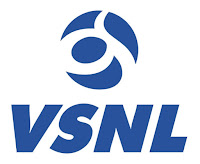Why India having only 25% of it's population on the Internet is not such a bad thing

There was a well-written article recently about how only 25% of India's adult population use the Internet, and how it is among the lowest in the world. The article, quoting Pew Research, was not only critical about Digital India, but also had a little negative tone in reporting. Well, let's look at it from a different angle. When 25% of India's population uses the Internet: The numbers are more than the entire population of US of A It is almost 3 times that of South Korea! (The article compares our Internet usage with that of Korea) Even with 25% of India's population on the Internet, we have the largest number of Facebook users in the world. From 13% in 2013 to 25% in 2017, the number of Internet users in India has almost doubled So is the 'only' 25% a limitation? Let's look at it from a perspective of opportunity. Think of the numbers that are not yet on the Internet. India's population is getting younger. The census figures show that 45% ...



